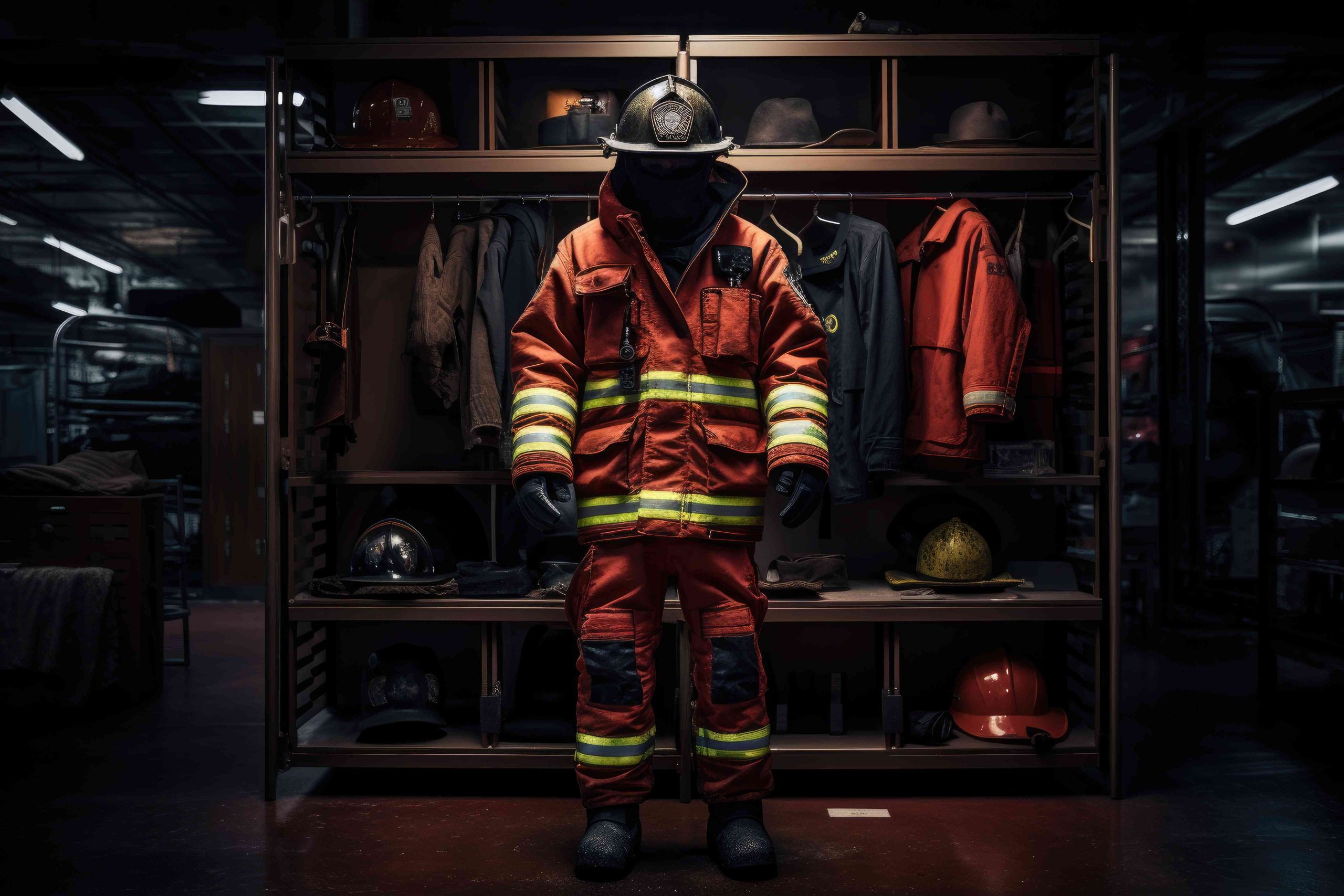
Activities for Teaching Preschoolers About Fire Safety: Understanding the Dangers of Fire
Introduction
Fire safety is an important topic for preschoolers to learn about, and there are many fun and engaging activities that parents and caregivers can use to teach preschoolers about the dangers of fire. By understanding the risks associated with fire, preschoolers can learn how to stay safe in case of a fire emergency.
Identifying Fire Hazards
One of the best ways to teach preschoolers about the dangers of fire is to help them identify fire hazards in their home or preschool. Parents and caregivers can do this by taking preschoolers on a “fire hazard hunt” and pointing out potential fire hazards, such as electrical cords or appliances that get hot. This activity can help preschoolers understand that fire can start from everyday items and encourage them to be more cautious around potential fire hazards.
Learning about Firefighter Gear
Preschoolers often look up to firefighters as heroes, and learning about firefighter gear can be a fun and engaging way to teach them about the dangers of fire. Parents and caregivers can show preschoolers pictures or videos of firefighters in their gear, and explain how each piece of gear helps to protect firefighters from the heat and smoke of a fire. This activity can help preschoolers understand how dangerous fire can be and how important it is to stay safe in case of a fire emergency.
Practicing Stop, Drop, and Roll
Stop, drop, and roll is a simple but important skill for preschoolers to learn in case their clothes catch on fire. Parents and caregivers can teach preschoolers this skill by having them practice “stop, drop, and roll” on a soft surface, such as a carpet or grass. This activity can help preschoolers remember what to do in case of a fire emergency and feel more prepared to stay safe.
Playing “Hot or Not”
“Hot or Not” is a game that can help preschoolers identify items that get hot and may be a fire hazard. Parents and caregivers can gather a variety of objects, such as a light bulb or a candle, and ask preschoolers to guess whether the object is “hot” or “not.” This activity can help preschoolers understand that some items can get hot enough to start a fire and to be more aware of potential fire hazards.
Exploring Fire Safety Books
Reading fire safety books with preschoolers can be a fun and engaging way to teach them about the dangers of fire. Parents and caregivers can find age-appropriate books that explore fire safety practices and discuss the risks associated with fire. This activity can help preschoolers understand the importance of fire safety and reinforce the fire safety practices they have learned.
Creating a Fire Escape Plan
Creating a fire escape plan with preschoolers can be a fun and interactive way to teach them about the dangers of fire. Parents and caregivers can draw a map of the home or preschool and have preschoolers help identify escape routes in case of a fire emergency. This activity can help preschoolers understand the importance of having a plan in case of a fire and feel more prepared in case of an emergency.
Using Fire Safety Worksheets
Fire safety worksheets can be a helpful tool for teaching preschoolers about the dangers of fire. Parents and caregivers can find age-appropriate worksheets that cover fire safety practices and encourage preschoolers to think about potential fire hazards. This activity can help preschoolers reinforce their understanding of fire safety and build their knowledge of fire safety practices.
Conclusion
Overall, there are many fun and engaging activities that parents and caregivers can use to teach preschoolers about the dangers of fire. By identifying fire hazards, learning about firefighter gear, practicing stop-drop-and-roll, and playing interactive games, preschoolers can gain a deeper understanding of how to stay safe in case of a fire emergency.


